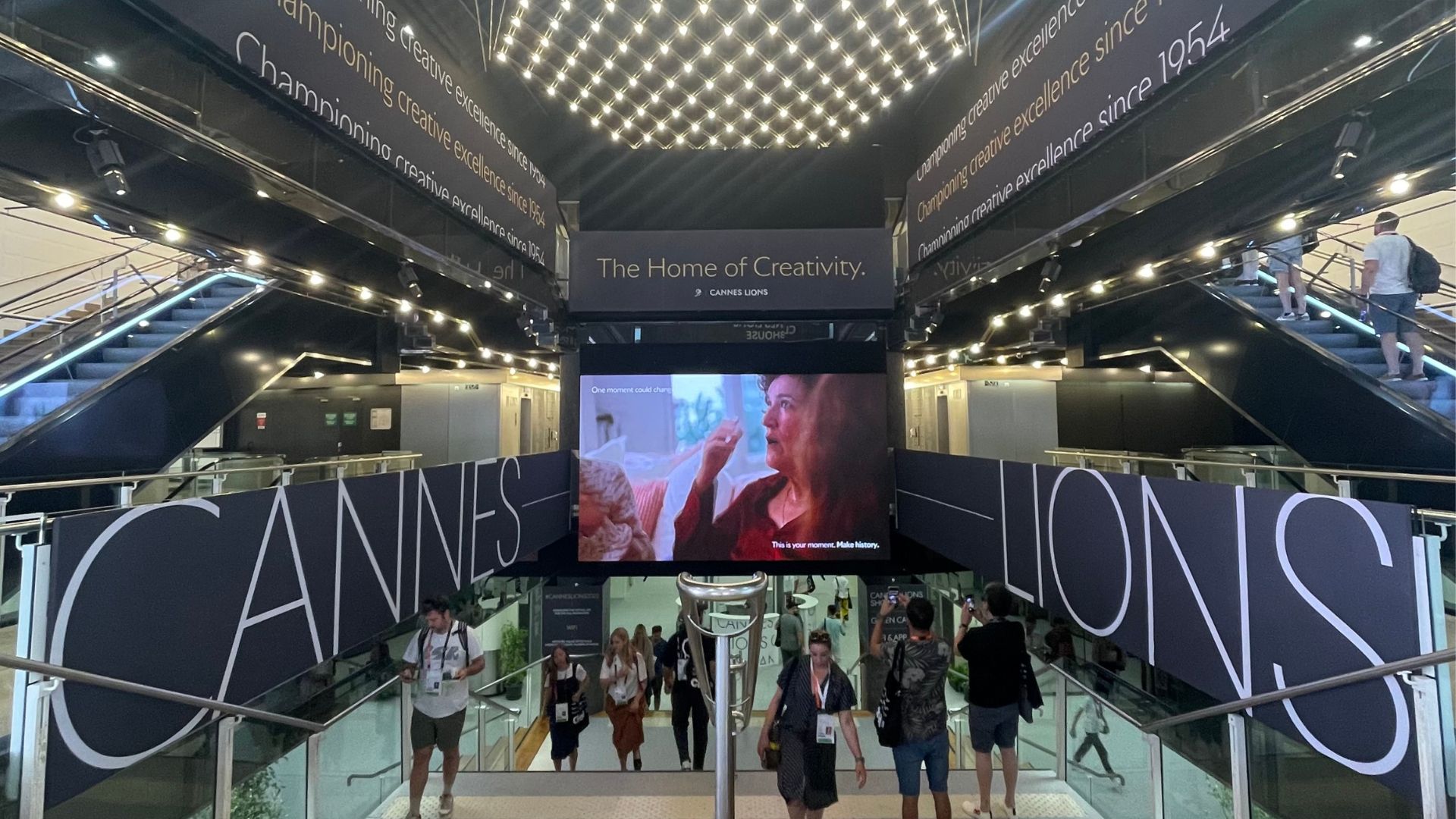Nope.
(They told me in Journalism 101 to get to the point quickly.)
I admit it’s a bit harsh and unfair, so lemme back up a bit.
Part of my role at Ketchum is to foster creativity, at all levels, throughout our organization. That’s my mandate, with the help of others — BUT that’s not teaching. That’s elevating. Inspiring. Facilitating. Not teaching. And there’s a difference.
Why do some view the possibility of teaching creativity as important? A few reasons:
- Creativity is the centerpiece of a creative firm’s differentiation. Creativity is currency; it’s what sets us apart. This is an oversimplification to be sure, but broadly speaking, the more great creative output you have, the greater the chance that you’re going to strike gold with ideas.
- Creativity is the new sense of humor. Everyone wants to believe they’re creative. And when you tell people they’re not, especially in the marketing communications business, it’s an attack on their worth to the organization – not to mention their self-worth.
- Creativity – or lack thereof – has far-reaching implications. Creativity influences problem solving, execution of strategy, counsel to clients and application of new tools in the social media realm. Heavy stuff.
You can teach most skills in our business. Writing, media pitching, financial management – all very critical. So, why CAN’T you teach creativity? Why is creativity instruction so elusive?
Well, to begin with, creativity is a poorly defined area of expertise. It’s similar to the pornography test: I know it when I see it. Compounding that issue, creativity has degrees of usefulness and appropriateness. What’s creative for a government organization isn’t going to be creative for a fashion brand.
Creative output is very subjective. The nebulous nature of creativity makes it nearly impossible to standardize – and therefore, impossible to measure quantitatively. So, developing a formalized structure that would allow instruction becomes problematic.
So, we’re stuck, right? Not exactly. Because here’s the secret. Most people ARE creative. Most people have a creative spark. Most people who aren’t seen as creative haven’t been given the opportunity to maximize their creative power.
I’ve seen it firsthand. A team member isn’t viewed as creative, based on factors that might limit their creative output – introverted personality, fear of ridicule, an unwelcome environment. That person is then consistently left out of creative sessions and/or given assignments with limited creative potential – thereby exacerbating the issue. Before you know it, that person gains a reputation as “not creative” and is never given the chance to flourish.
So what do we do to draw creativity out of people? How can we maximize their creativity? How to we give people the tools to build their own creativity?
I’ll tell you next time. . .


